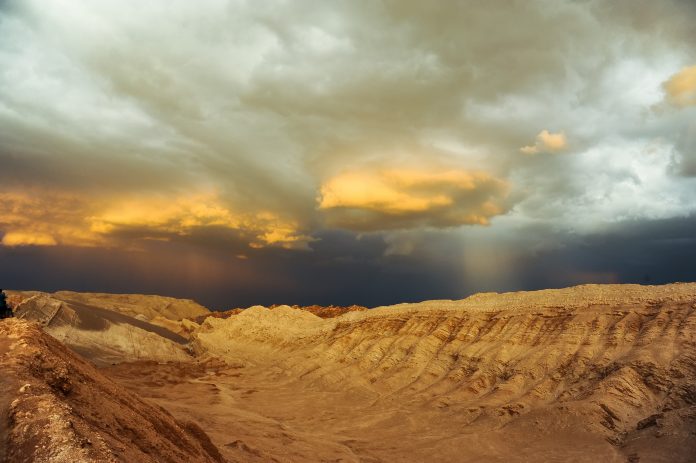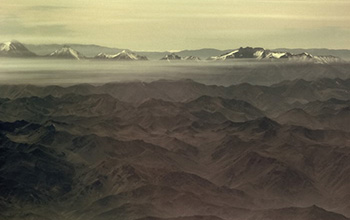
The iodine in desert dust has the ability to decrease ozone air pollution – however, it also allows greenhouse gases to stick around for longer
According to a study funded by the National Science Foundation (NSF), researchers may have to re-evaluate how particles from land can impact the chemistry of the atmosphere. This research shows how strong winds move desert dust around, high into the atmosphere triggering chemical reactions that may be destroying some air pollution.
“Iodine, the same chemical added as a nutrient to table salt, is eating up ozone in dusty air high in the atmosphere,” said Rainer Volkamer, chemist at the University of Colorado Boulder.
Published in the journal Science Advances, Volkamer and his team used an aircraft to make precise atmospheric measurements in order to understand the chemical processes occurring way above us in the atmosphere.
Atmospheric scientists have long been curious as to why dusty layers of air often contain very low in the air pollutant ozone, a molecule that when concentrated has the ability to damage lungs and crops. This research finally is finally able to show the connection between dust and ozone according to Volkamer.

Good and bad news
Although the iodine in the dust has the ability to decrease air pollution, the NSF funded research also discovered that iodine chemistry can make greenhouse gases stick around for longer.
This revelation has implications on air quality research but also on the future of climate change prevention. Discovering why these dust clouds enable greenhouse gases to last longer in the atmosphere could be a key breakthrough in climate science.
Future research
“We are only just now beginning to understand how important iodine in the atmosphere can be,” said Sylvia Edgerton, a program director in NSF’s Division of Atmospheric and Geospace Sciences. “Field research scheduled for this spring will use advanced instrumentation to make some of the first measurements ever of iodine in the upper troposphere-lower stratosphere.”
“Our understanding of the iodine cycle is incomplete,” Volkamer said. “There are land-based sources and chemistry we didn’t know about, which we must now consider.”










